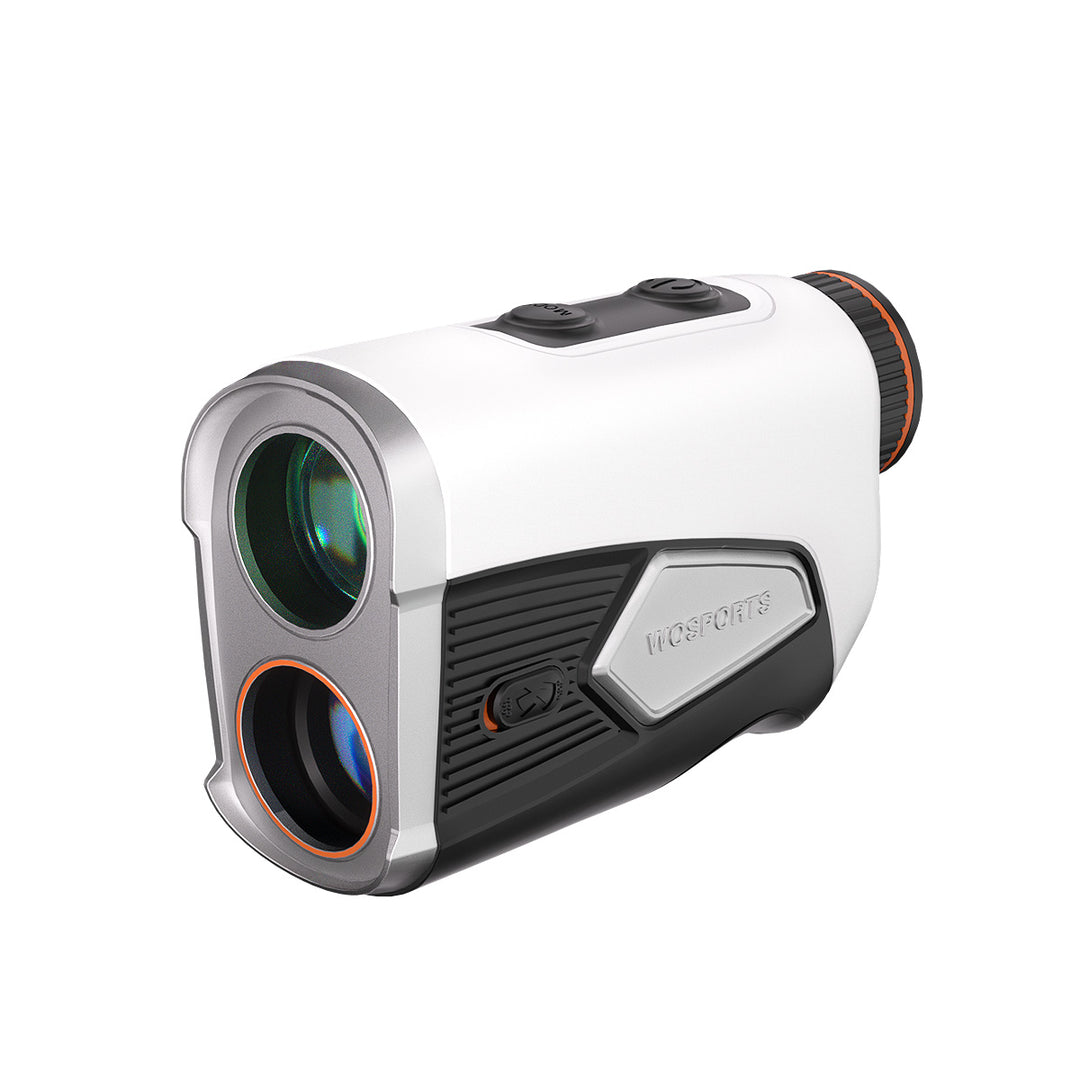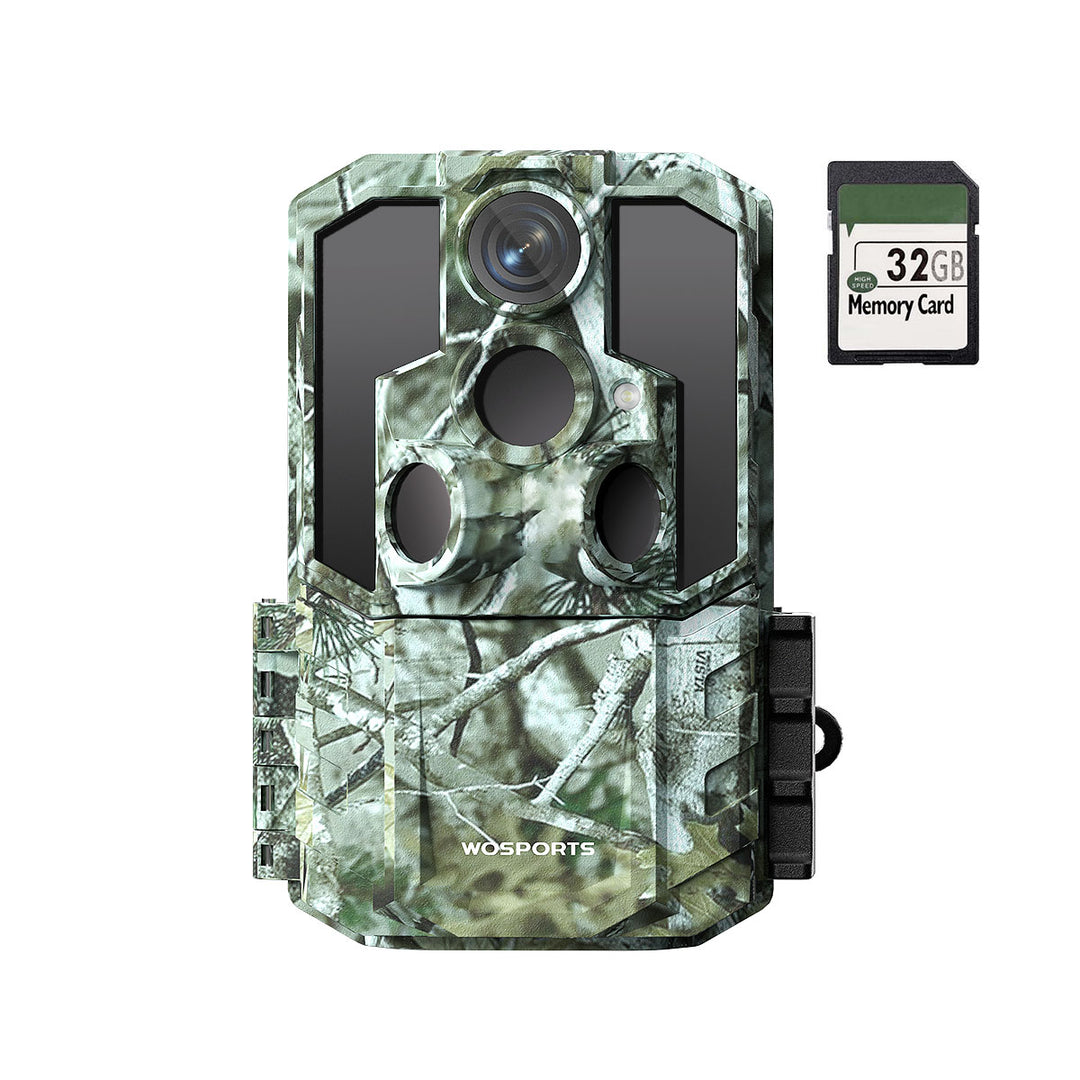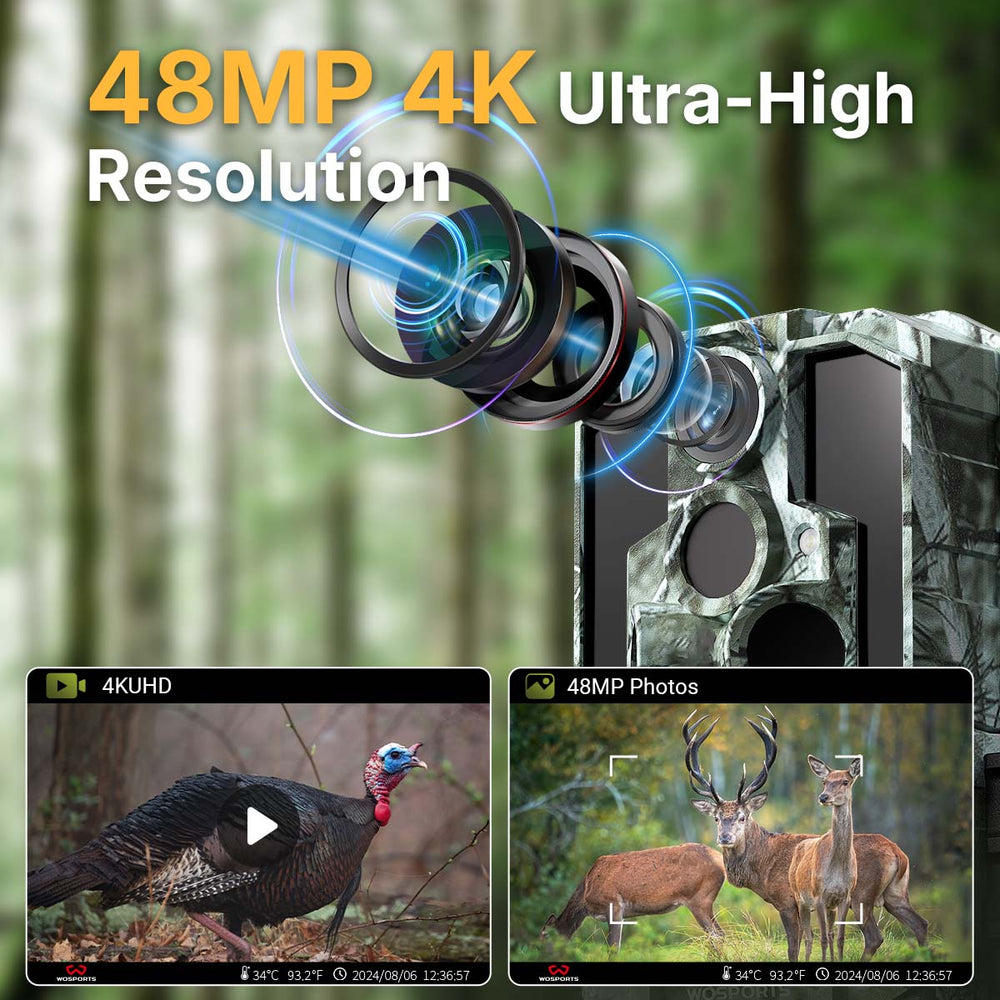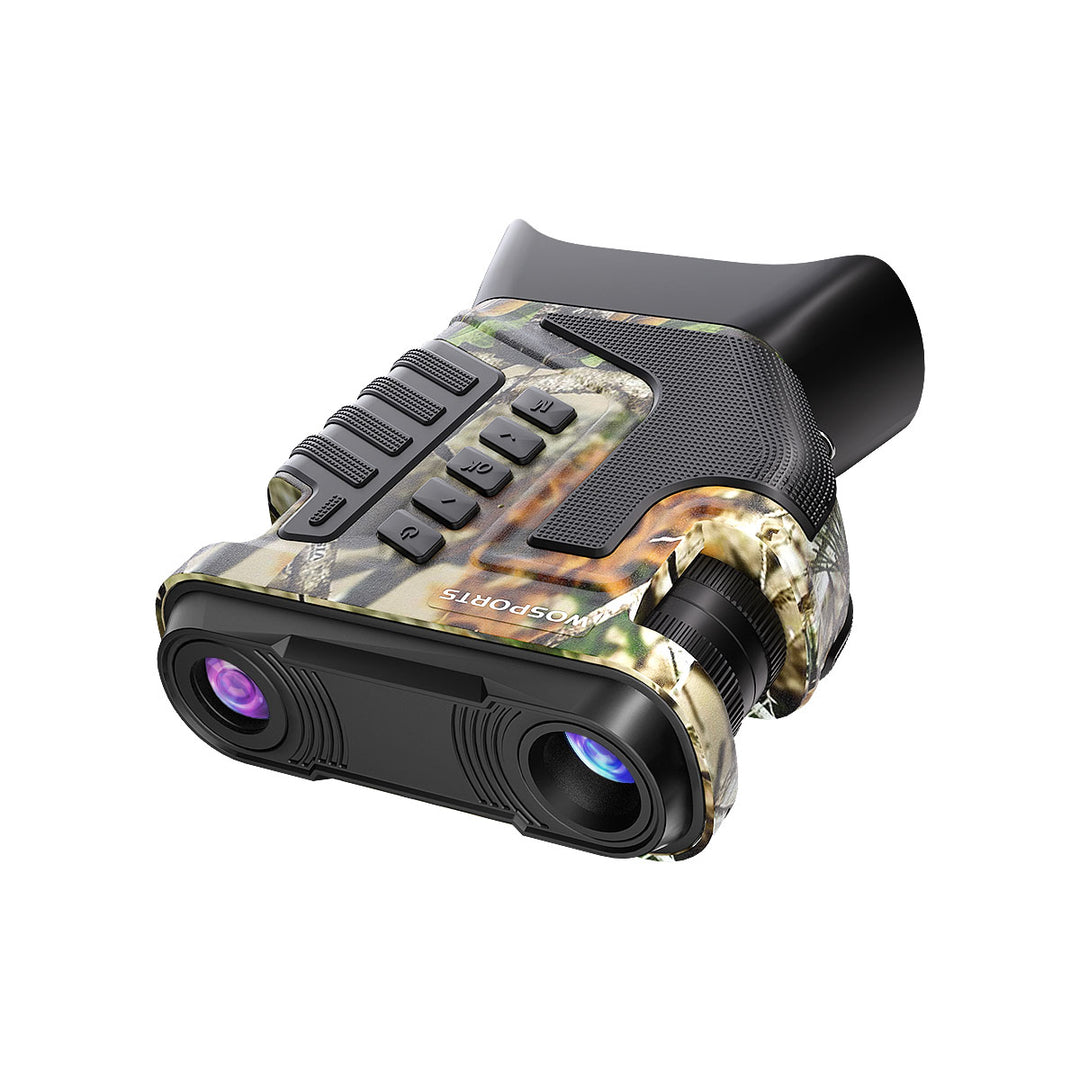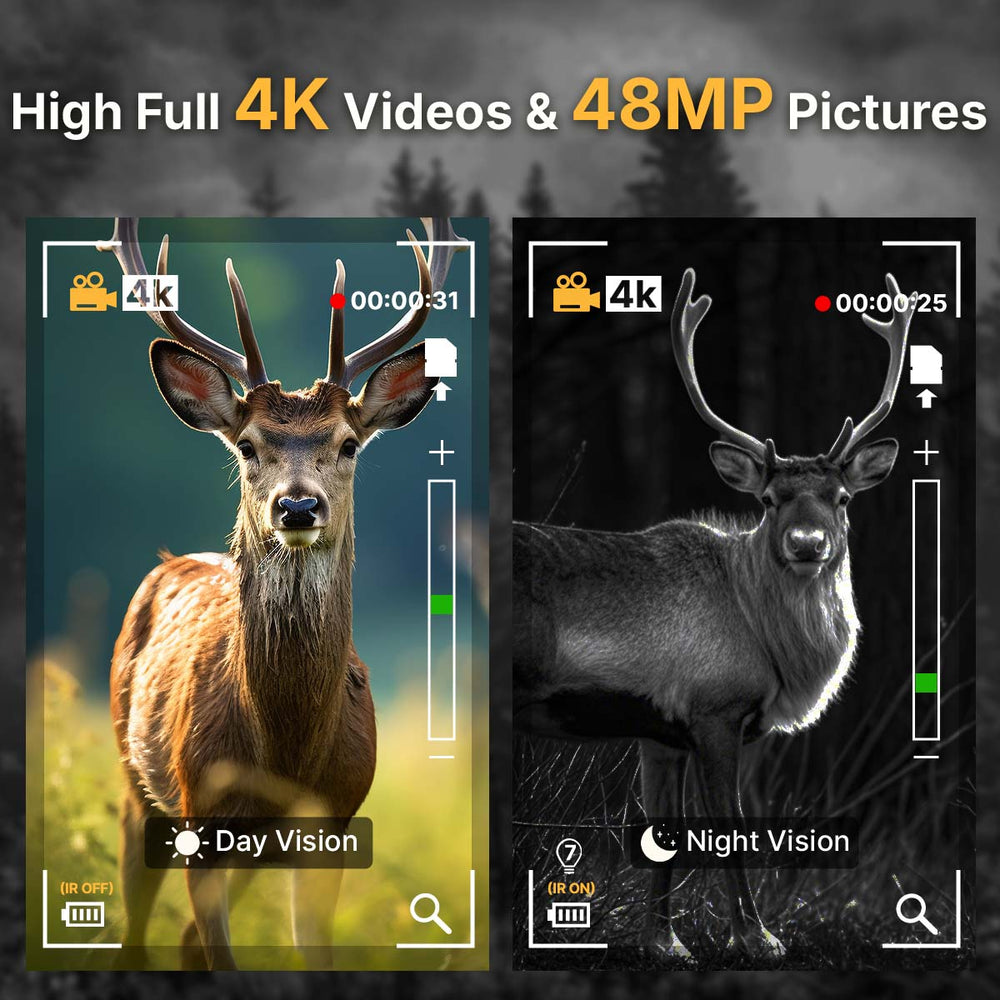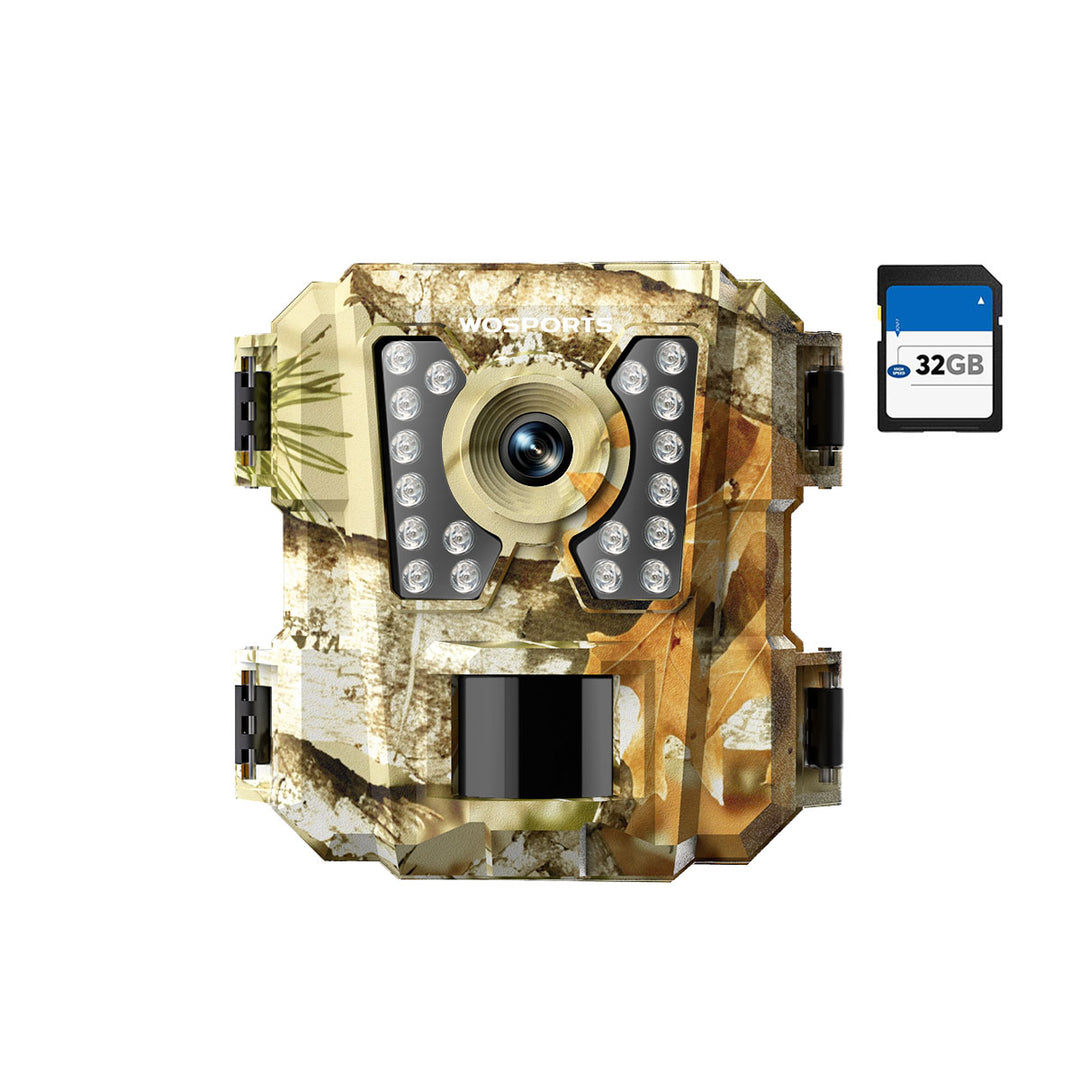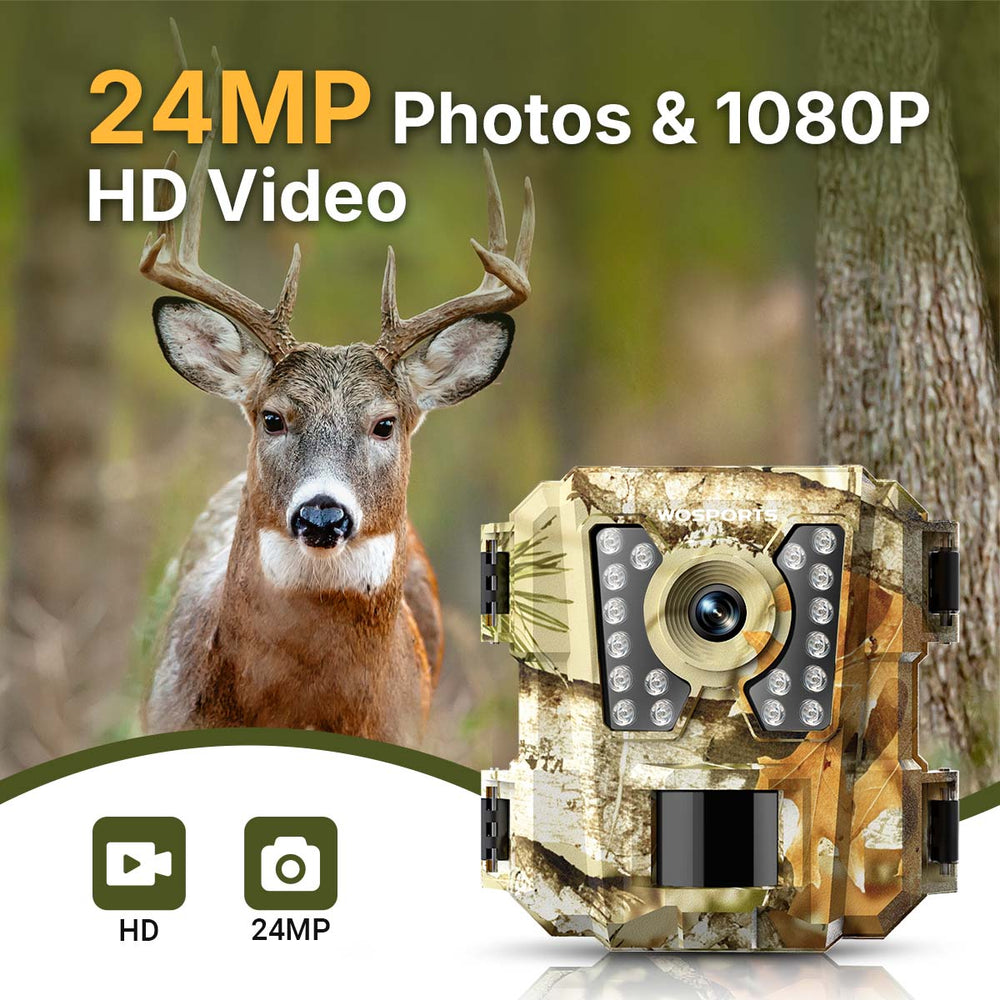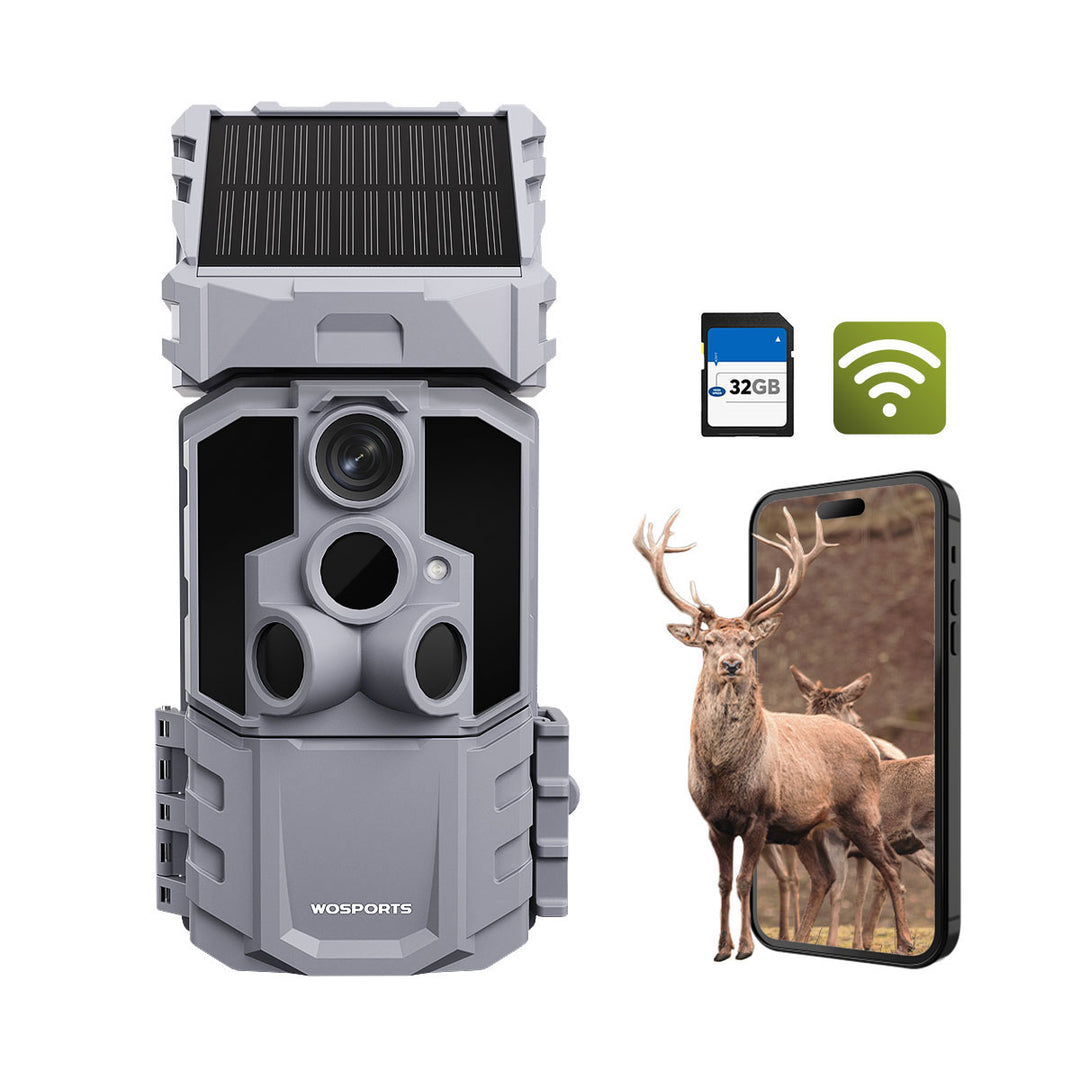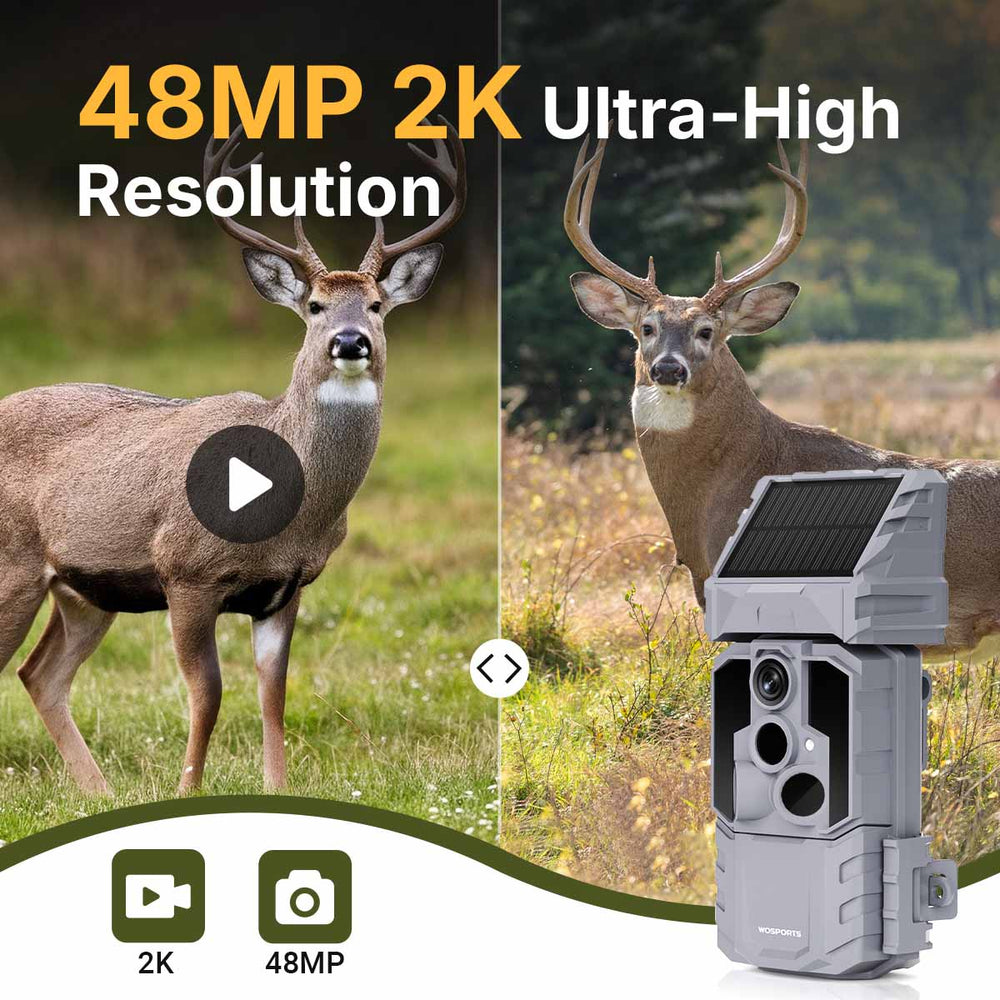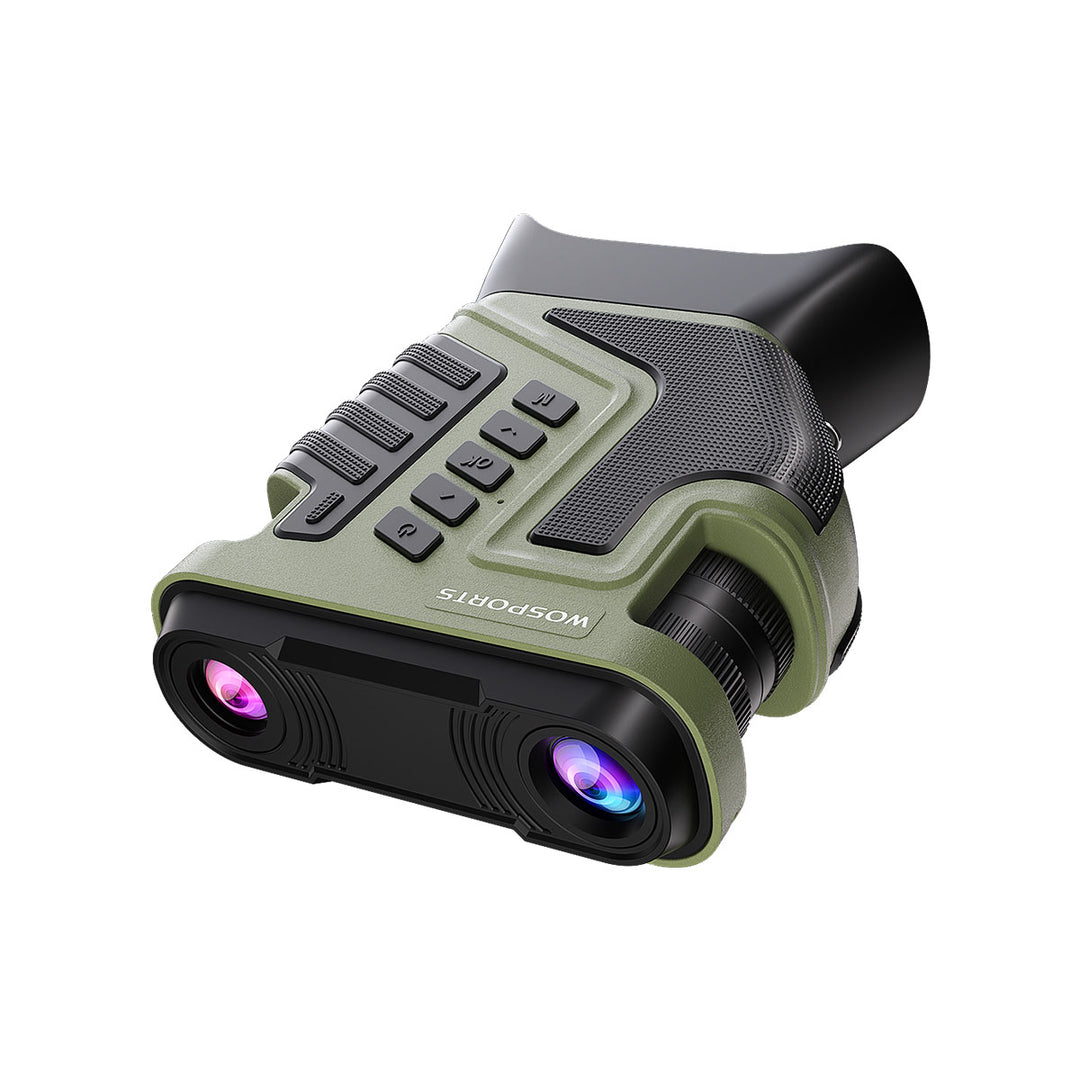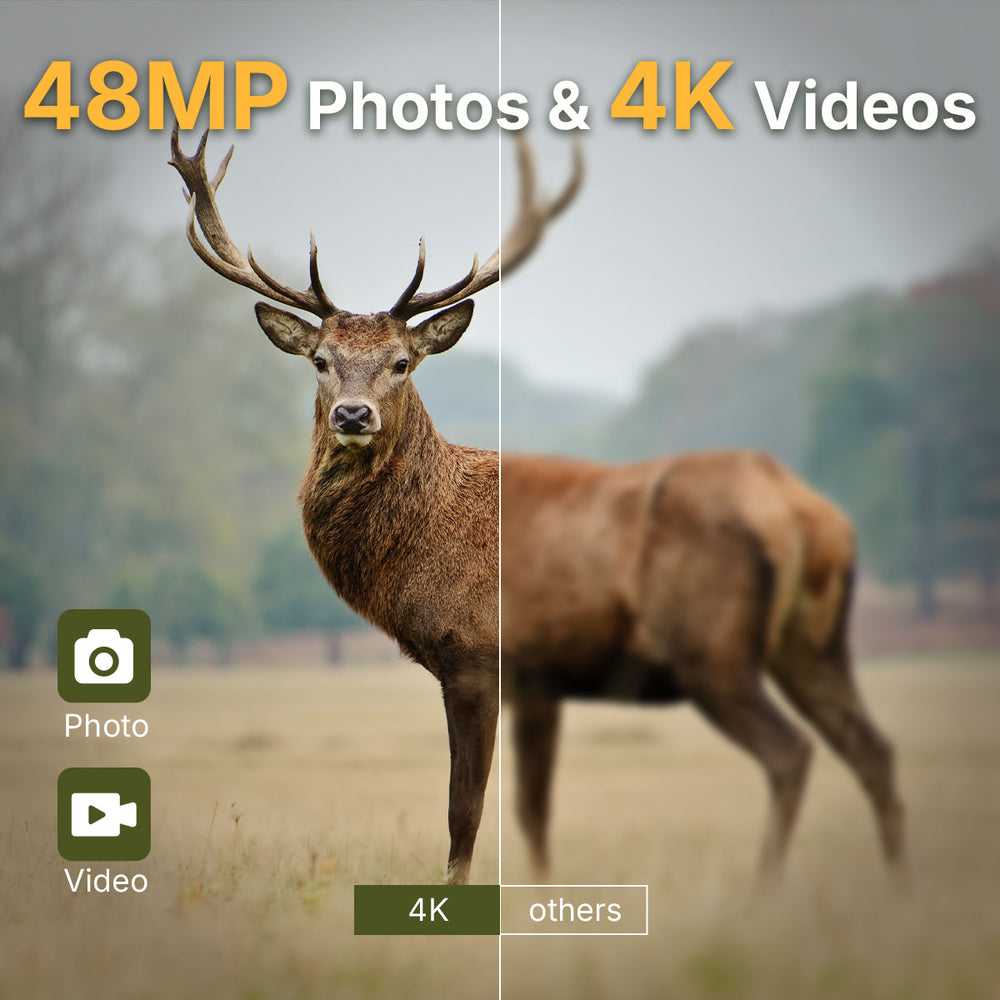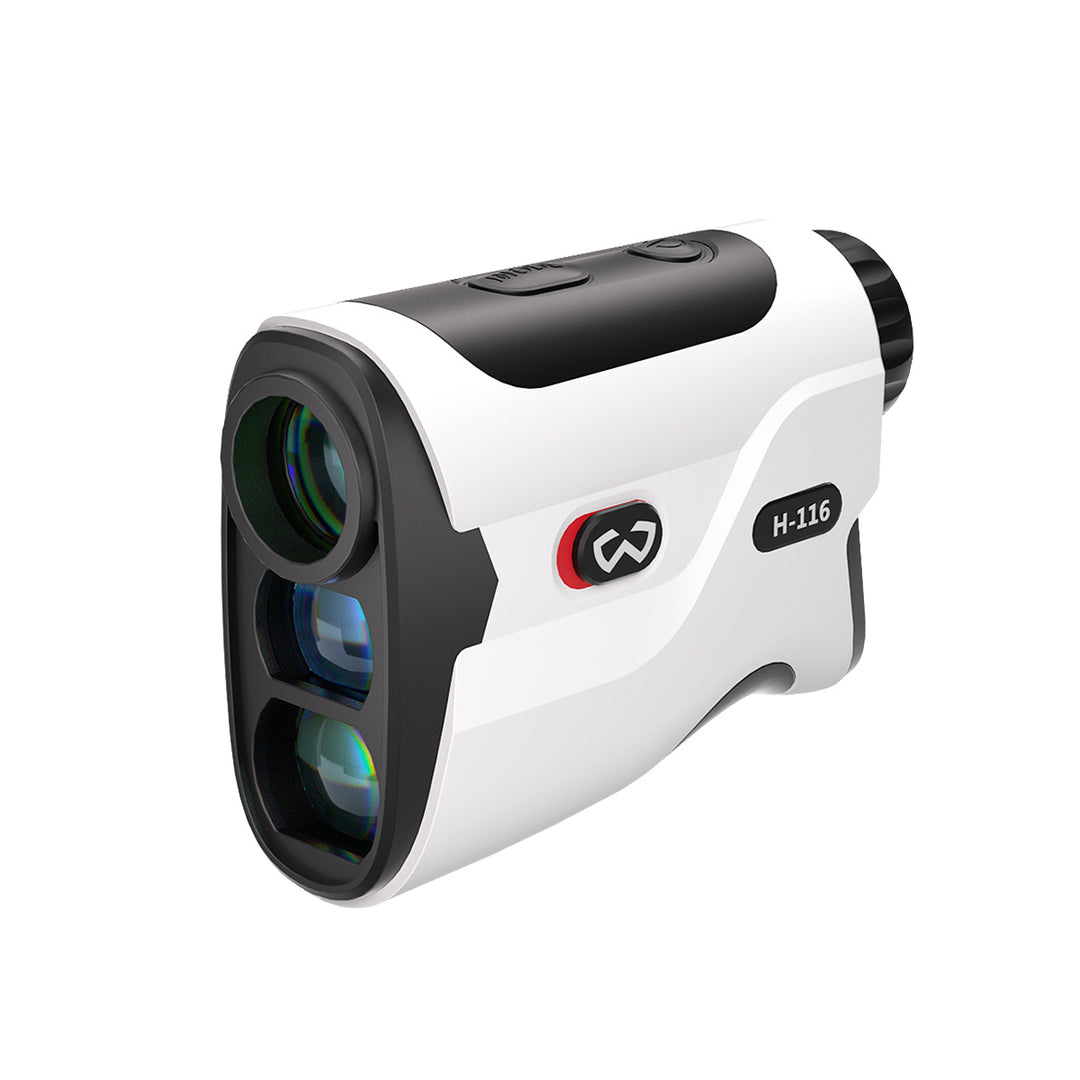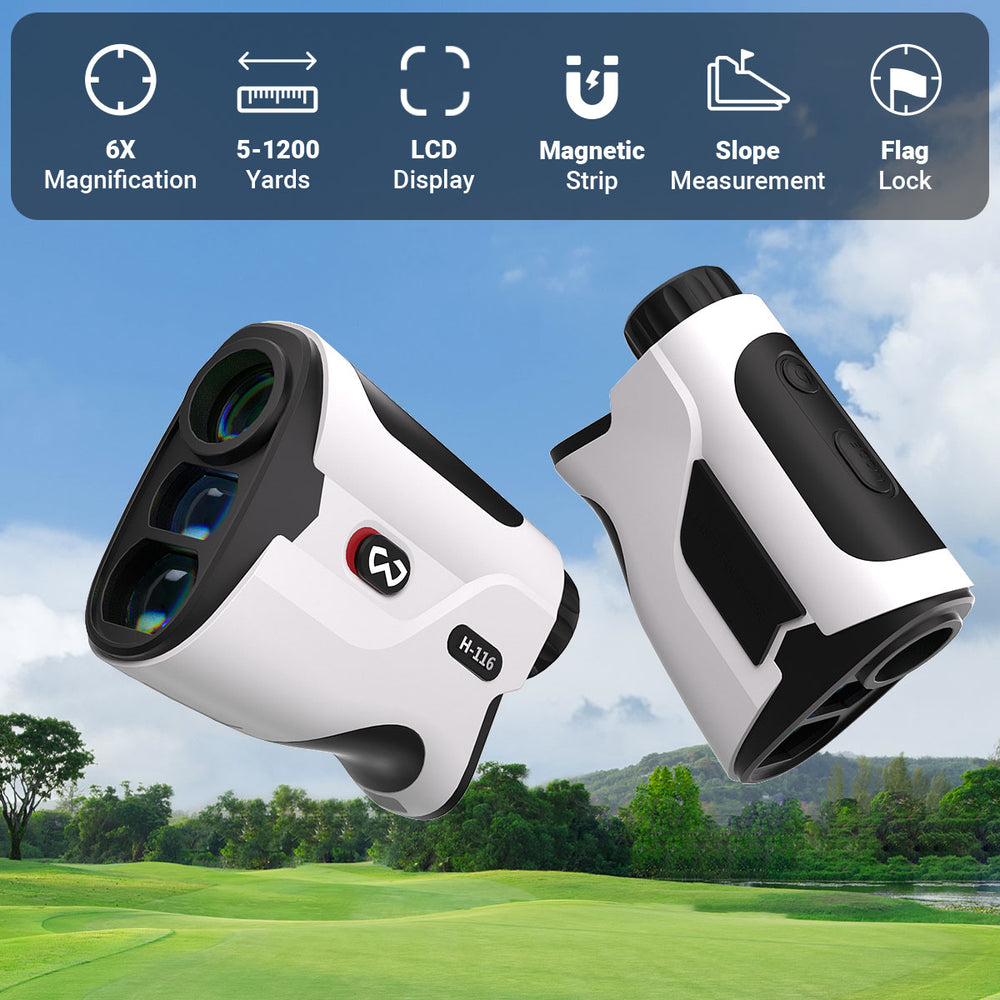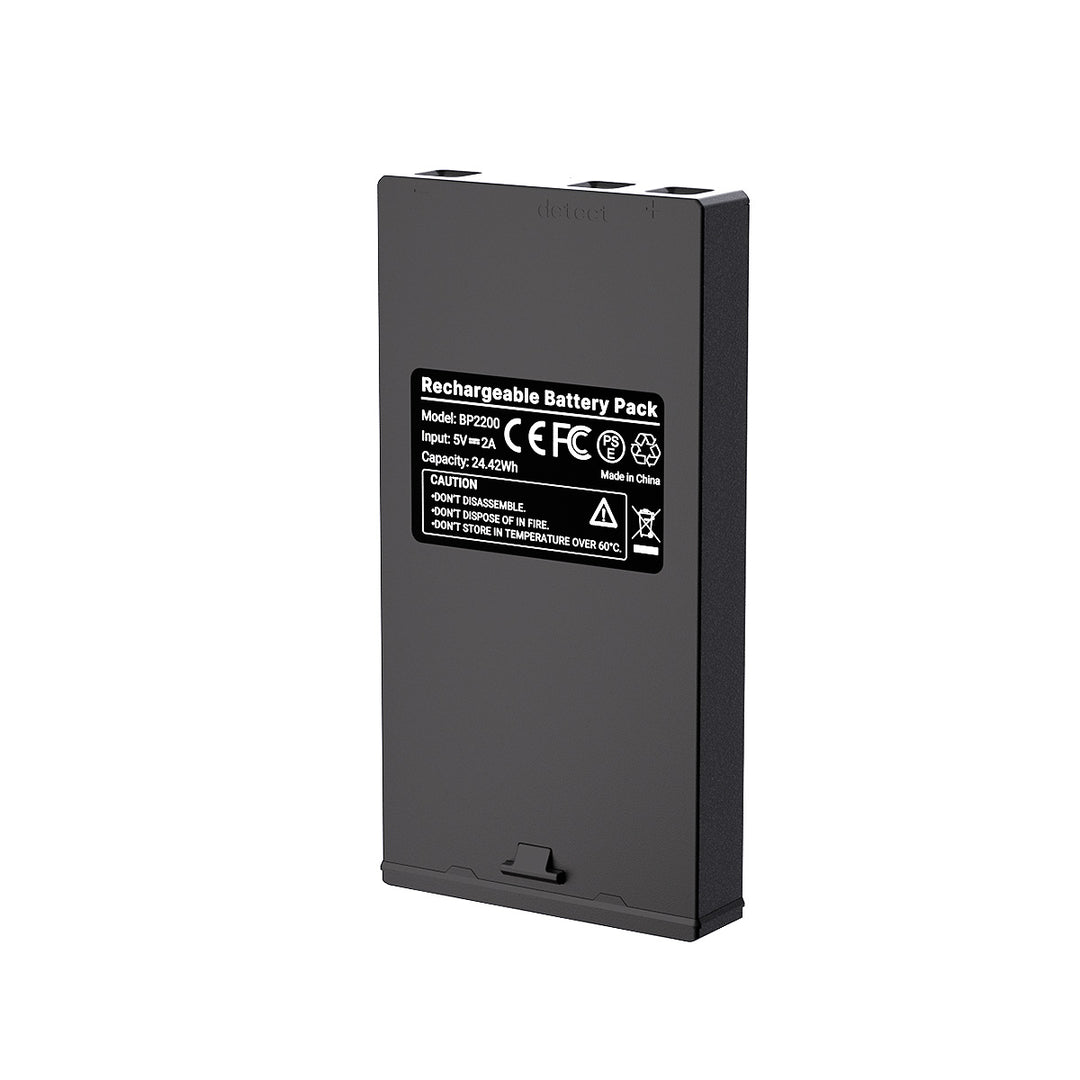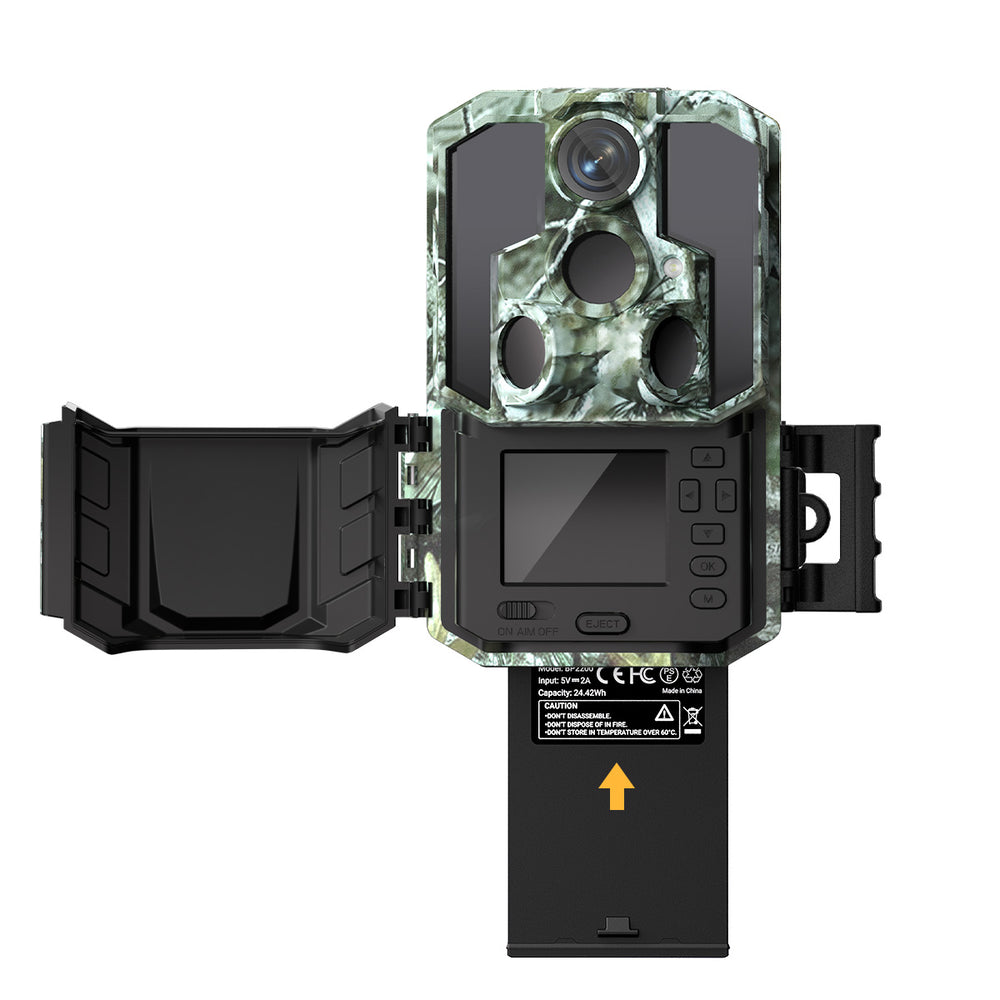OEM vs ODM Trail Camera: How to Choose the Right Manufacturers
This article explores the differences between OEM and ODM trail cameras, their pros and cons, and how to compare manufacturers based on your own requirements.
What Is an OEM Trail Camera?
OEM stands for Original Equipment Manufacturer. Here, you provide the product design, technical specifications, or specific idea, and the manufacturer makes the trail camera based on your specifications. Using this model, there is a lot of customization, from firmware and lens configuration to product casing and user interface design.
OEM manufacturing is best suited for companies who already have a good product vision or technical requirements which are not fulfilled by off-the-shelf products.
When to Apply OEM:
- You need complete hardware and software feature control.
- You are creating a long-term product line and you require complete brand control.
- Your application requires specific material, performance, or compliance.
Whereas the OEM path facilitates maximum differentiation, it typically involves higher development cost, longer lead times, and increased minimum order quantity (MOQ).
What is an ODM Trail Camera?
ODM stands for Original Design Manufacturer, and it is a business model by which the factory itself has a ready-made trail camera design into which you can put your label and make minor modifications. These kinds of products are typically pre-tested, mass-produced, and made for general use, which makes them an excellent choice for firms that wish to enter the market quickly and at low costs.
Standard ODM changes are logo engraving, packaging, basic firmware settings (e.g., language or time zone), and bundled accessories.
When to Apply ODM:
- You must get to market in a hurry with no capital expenditure on product design.
- You want an established product that has been tested in the marketplace.
- Brand and distribution are your concerns, not engineering.
ODM is particularly popular with resellers, NGOs, or pilot projects where functionality matters over full-on uniqueness.
Which Brand Offers Trail Cameras with Logo Customization for Bulk Orders→
OEM vs ODM: A Side-by-Side Comparison
How Long Does It Take to Ship OEM or ODM Trail Cameras?
The OEM or ODM trail camera order lead time differs to a large degree based on the level of customization. For standard ODM orders—such as adding your logo on, packaging in your brand, or performing some minor firmware settings—the lead time generally takes 7 to 14 working days, if the base model is in stock. If you are placing more complicated orders, such as UI interface change, accessory bundling, or semi-custom firmware modification, production will normally take 2 to 4 weeks, sample confirmation included.
On the other hand, OEM trail camera projects generally take a longer development and production timeline. Since they involve more extensive customization—like sensor setup, firmware development, or housing design creation—you can expect a 30 to 60 business day lead time. This provides time for prototyping, testing, and approval before mass production.

Can I Order 50 Trail Cameras from a Manufacturer?→
How to Choose an OEM/ODM Trail Camera Manufacturer
Regardless of the B2B trail camera projects you choose, the right supplier can make or break your sourcing success. Here are key factors to evaluate:
1. Transparent Capabilities
Choose a manufacturer who can clearly articulate what can be customized and what’s fixed. Ask for data sheets, firmware demos, and previous customization examples.
2. Low MOQ Flexibility
Not every supplier is willing to support small-batch customization. Look for vendors like WOSPORTS who offer flexible MOQs starting from as few as 50 units for ODM projects.
3. Strong Quality Control
Ensure the factory performs reliability testing—especially for outdoor deployment. IP66 waterproof ratings, night vision performance, and battery efficiency should all be tested.
4. End-to-End Support
Great OEM/ODM partners will provide a clear development or customization process, assist with logistics, and offer after-sales support—even for small or mid-sized buyers.
Why WOSPORTS Is a Preferred OEM/ODM Partner
ODM Models: Affordable trail cameras like G600, G300, and G100 ready for branding
OEM Capability: Firmware customization, optics selection, internal hardware adjustments
Low MOQ: Starting from 50 units for ODM and negotiable for OEM
Responsive B2B Support: Dedicated account managers for OEM/ODM orders

Search
Popular Posts
Recent Posts

Nov 28, 2024
Troubleshooting Common Trail Camera Issues
Jan 10, 2025
Why Does My Trail Camera Stop Working at Night?

































